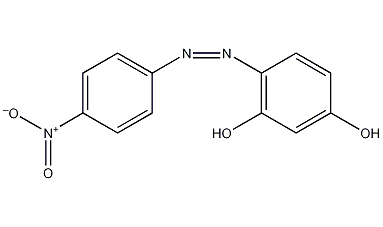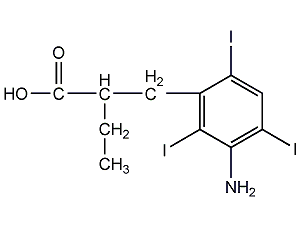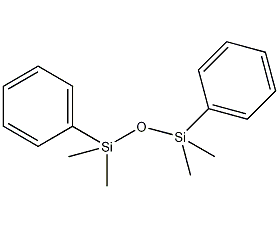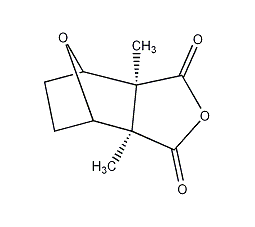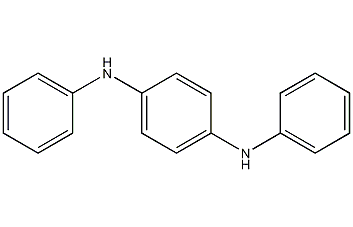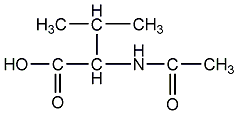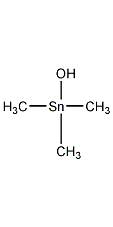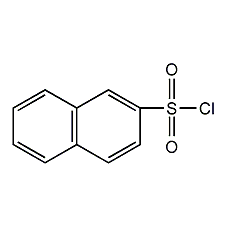Picric acid
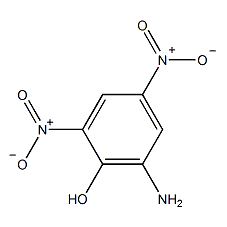
Structural formula
| Business number | 02BL |
|---|---|
| Molecular formula | C6H5N3O5 |
| Molecular weight | 199.12 |
| label |
2-Amino-4,6-dinitrophenol, 2-Amino-4,6-dinitrophenol |
Numbering system
CAS number:96-91-3
MDL number:MFCD00070534
EINECS number:202-544-6
RTECS number:SJ5800000
BRN number:None
PubChem ID:None
Physical property data
1. Properties: The pure product is red monoclinic crystal
2. Density (g/mL, 20℃): Undetermined
3. Relative vapor density (g/ mL, air = 1): Undetermined
4. Melting point (ºC): 169
5. Boiling point (ºC, normal pressure): Undetermined
6. Boiling point (ºC, KPa): Not determined
7. Refractive index: Undetermined
8. Flash point (ºC): 210
9. Specific rotation (º): Undetermined
10. Autoignition point or ignition temperature (ºC): Undetermined
11. Vapor pressure (mmHg,ºC): Undetermined
12. Saturated vapor pressure (kPa, ºC): Undetermined
13. Heat of combustion (KJ/mol): Undetermined
14. Critical temperature ( ºC): Undetermined
15. Critical pressure (KPa): Undetermined
16. Log value of oil-water (octanol/water) partition coefficient: Undetermined
17. Explosion upper limit (%, V/V): Undetermined
18. Explosion lower limit (%, V/V): Undetermined
19. Solubility: Soluble in water, ethanol and benzene. Slightly soluble in chloroform and ether.
Toxicological data
1. Acute toxicity: rat subcutaneous LDL0: 2100mg/kg; dog intravenous LDL0: 150mg/kg; pigeon peritoneal cavity LDL0: 140mg/kg; pigeon muscle LDL0: 100mg/kg; 2. Mutagenicity: mutant microorganism test: Bacteria – Salmonella typhimurium, 5 μmol/plate;
Ecological data
This substance is harmful to the environment. Do not let this substance enter the environment. Special attention should be paid to the pollution of water bodies.
Molecular structure data
1. Molar refractive index: 45.46
2. Molar volume (cm3/mol): 113.8
3. Isotonic specific volume (90.2K ): 359.0
4. Surface tension (dyne/cm): 99.0
5. Polarizability (10-24cm3): 18.02
Compute chemical data
1. Reference value for hydrophobic parameter calculation (XlogP): None
2. Number of hydrogen bond donors: 2
3. Number of hydrogen bond acceptors: 6
4. Number of rotatable chemical bonds: 0
5. Number of tautomers: 7
6. Topological molecule polar surface area 138
7. Number of heavy atoms: 14
8. Surface charge: 0
9. Complexity: 247
10. Number of isotope atoms: 0
11. Determine atomsNumber of stereocenters: 0
12. Uncertain number of stereocenters of atoms: 0
13. Determined number of stereocenters of chemical bonds: 0
14. Uncertain number of stereocenters of chemical bonds: 0
15. Number of covalent bond units: 1
Properties and stability
Avoid contact with oxides.
Storage method
Store in a cool, ventilated warehouse. Keep away from fire and heat sources. Protect from direct sunlight. The packaging is sealed. They should be stored separately from oxidants and food chemicals, and avoid mixed storage. Use explosion-proof lighting and ventilation facilities. It is prohibited to use mechanical equipment and tools that are prone to sparks. Suitable materials should be available in the storage area to contain spills.
Synthesis method
It is prepared by partial reduction of 2,4,6-trinitrophenol with sodium hydrosulfide or electrolytic reduction in an alcoholic sulfuric acid solution of vanadium sulfate.
Purpose
Used in the manufacture of azo dyes, analytical reagents, indicators, etc.
extended-reading:https://www.newtopchem.com/archives/44834extended-reading:https://www.newtopchem.com/archives/40470extended-reading:https://www.cyclohexylamine.net/high-efficiency-catalyst-pt303-polyurethane-catalyst-pt303/extended-reading:https://www.cyclohexylamine.net/category/product/page/11/extended-reading:https://www.bdmaee.net/wp-content/uploads/2019/10/1-4.jpgextended-reading:https://www.bdmaee.net/u-cat-891-catalyst-cas10026-95-6-sanyo-japan/extended-reading:https://www.cyclohexylamine.net/dabco-dc2-delayed-catalyst-dabco-dc2/extended-reading:https://www.newtopchem.com/archives/39945extended-reading:https://www.bdmaee.net/nt-cat-a-301-catalyst-cas1739-84-0-newtopchem/extended-reading:https://www.bdmaee.net/wp-content/uploads/2022/08/Lupragen-DMI-gel-catalyst-Lupragen-DMI-epoxy-resin-curing-agent-Lupragen-DMI.pdf
